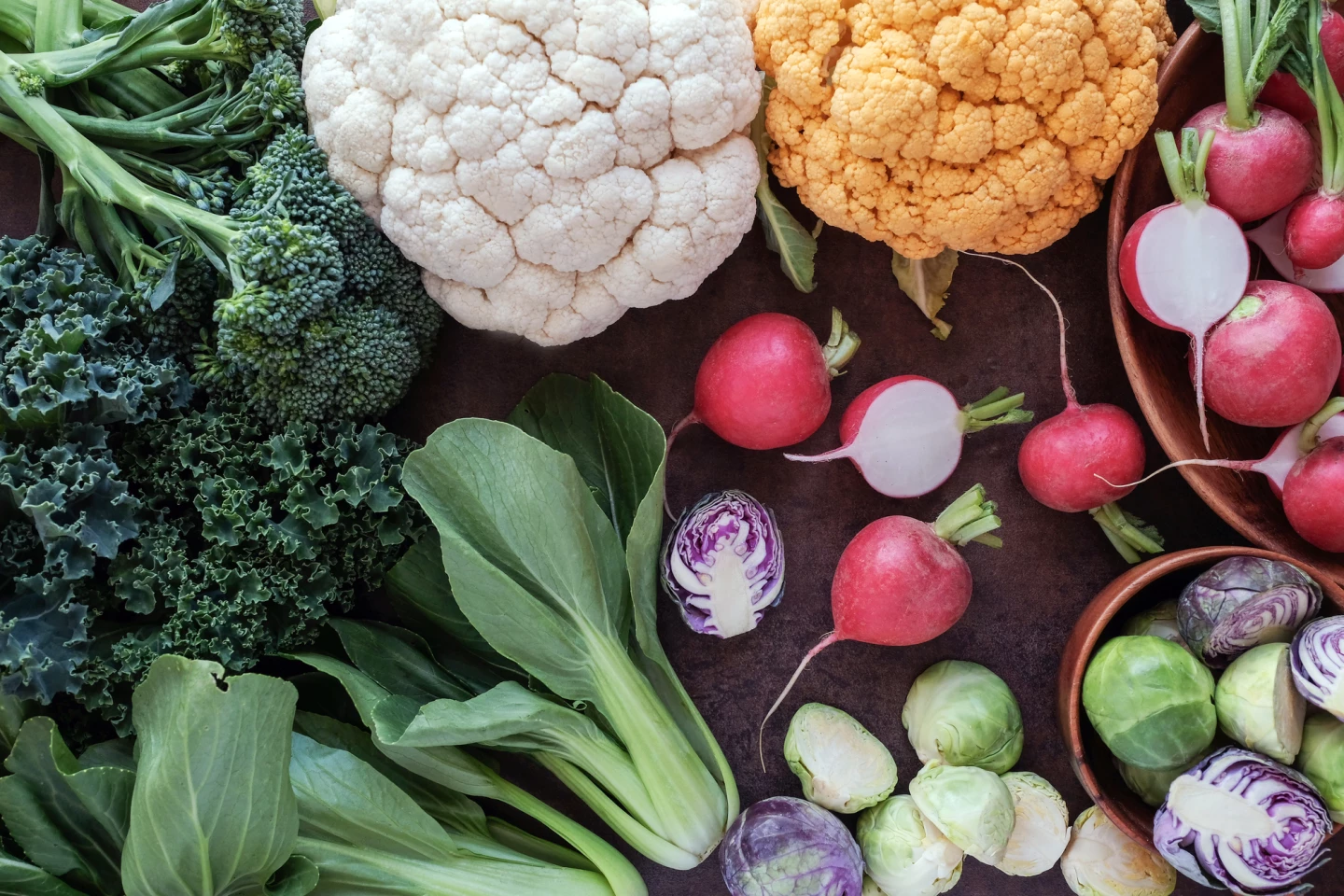Some kinds of vegetables lower high blood pressure much better than others, according to a new study. The researchers say that the reduction could translate to a 5% reduced risk of major heart events and encourage everyone to eat more greens.
That vegetables are good for you has undoubtedly been drummed into you since you were a kid. A source of essential vitamins, minerals, and other nutrients like antioxidants and fiber, research has consistently shown that a diet high in veggies can help protect against diseases such as cancer and heart disease.
But a new study by researchers from Edith Cowan University (ECU) in Australia has found that not all vegetables are created equal when it comes to lowering blood pressure.
“Compounds called glucosinolates, which are found almost exclusively in cruciferous vegetables, have been shown to lower blood pressure in animals, but evidence in humans has thus far been limited,” said Emma Connolly, a PhD student at ECU and the study’s lead author.
Cruciferous veggies, named for the four petals on their flowers that make the shape of a cross, include things like broccoli, Brussels sprouts, cabbage, cauliflower, collard greens, arugula, bok choy, kale, radish, and turnips. The glucosinolates they contain have already been shown to have anti-cancer properties, as well as anti-inflammatory, antidiabetic, and lipid-lowering properties.
In this randomized controlled crossover trial, the researchers the effect of cruciferous vegetables on blood pressure compared to root and squash vegetables, consumed with lunch and dinner. Eighteen participants with mild to moderately elevated blood pressure completed two two-week dietary interventions separated by a two-week break in between, where they ate their usual diet.

For the active dietary intervention, participants ate four serves (around 300 g/day) of broccoli, kale, cauliflower, and cabbage prepared as a soup, one at lunch and one at dinner; around 600 ml of soup/day. For the control intervention, they ate the same amount of root and squash veggies (potato, sweet potato, carrot and pumpkin), again as soup for lunch and dinner. Participants were instructed to consume their usual breakfast and snacks but asked to avoid snacks for two hours after the soup was consumed. The participant’s blood pressure was measured continuously for 24 hours before and after both dietary interventions.
Eating four serves a day of cruciferous veggies (the active intervention) resulted in a statistically significant reduction in systolic blood pressure (SBP), the top number of a blood pressure reading. Researchers observed a mean reduction in participants’ SBP of 2.5 millimeters of mercury (mmHg), from 126.8 mmHg to 124.4 mmHg. In contrast, after the control (root and squash) intervention, participants’ mean systolic blood pressure only fell from 125.5 mmHg to 124.8 mmHg. It might not sound like much of a reduction, but it’s important.
“This reduction in SBP is clinically relevant,” the researchers said. “[T]he 2.5 mmHg reduction in SBP resulting from increasing cruciferous vegetable intake could translate to a 5% lower risk of major cardiovascular events.”
Understandably, given the results, the researchers are urging people to eat more cruciferous vegetables, which might be more difficult than it sounds.
“Increasing vegetable intake is widely recommended to reduce heart disease risk, and previous observational studies have shown cruciferous vegetables like broccoli, cabbage, and Brussels sprouts, have stronger relationships with lower heart disease risk than other vegetables,” Connolly said. “However, while these vegetables are consumed globally, cruciferous vegetables typically make up a small portion of total vegetable intake.”
Glucosinolates are great for blood pressure, but research has found that, in so-called Brassica vegetables like broccoli and cauliflower, they’re converted into isothiocyanates, which give the veggies their distinctive pungent, bitter taste. Another reason people avoid cruciferous vegetables is that they can cause gas. Persevere, say the researchers – the health benefits are too important to miss out on.
“Cruciferous vegetables are the lowest consumed group of vegetables,” said Dr Lauren Blekkenhorst, a postdoctoral fellow at ECU’s Nutrition and Health Innovation Research Institute and the study’s corresponding author. “If people can increase their intake of this group of vegetables, they will receive more bang for their buck in terms of … lowering blood pressure and reducing the subsequent risk of developing heart disease later in life. To maintain these health benefits, you should … ideally consume these vegetables on most days of the week.”
The study was published in the journal BMC Medicine.
Source: ECU






